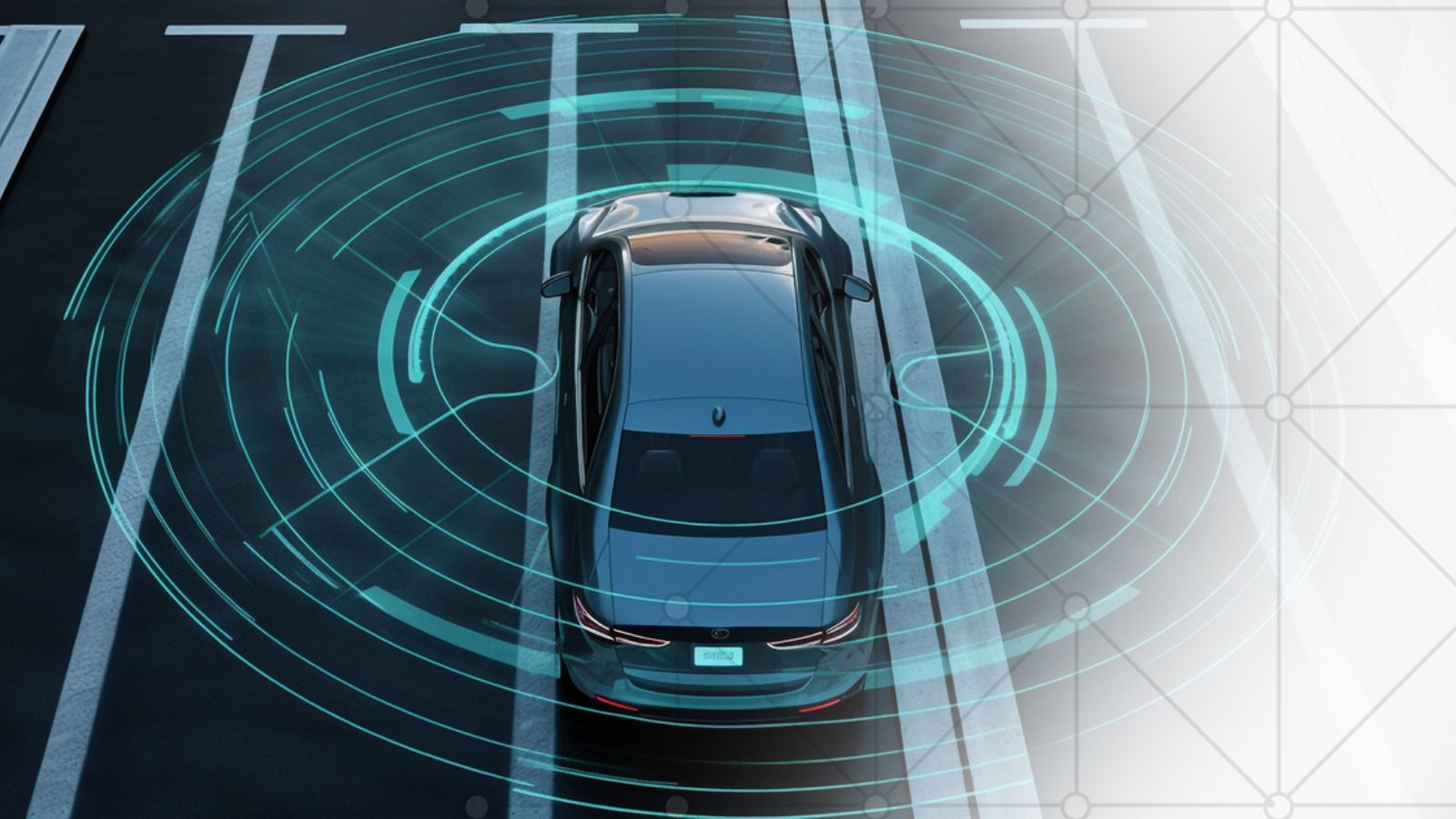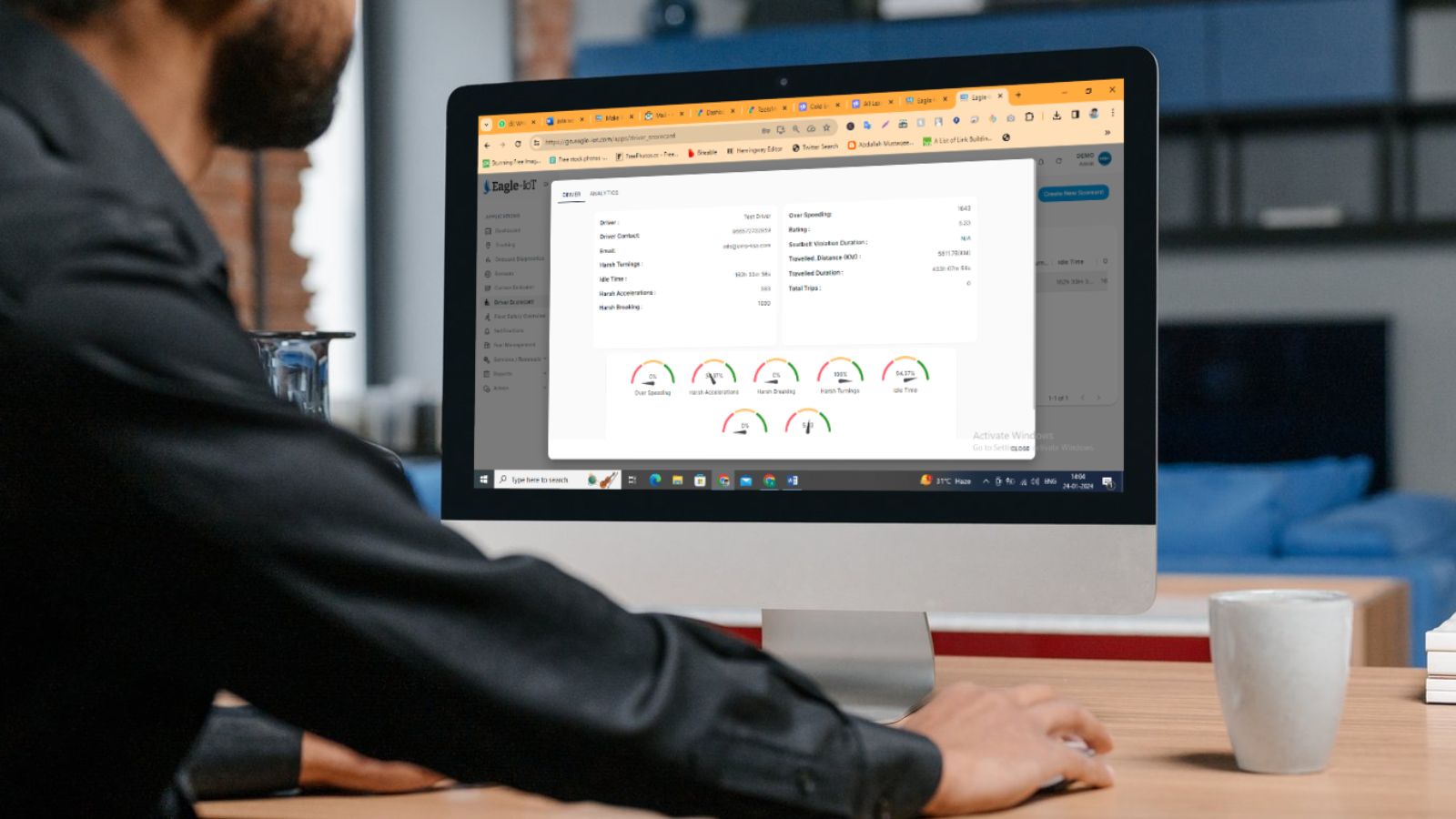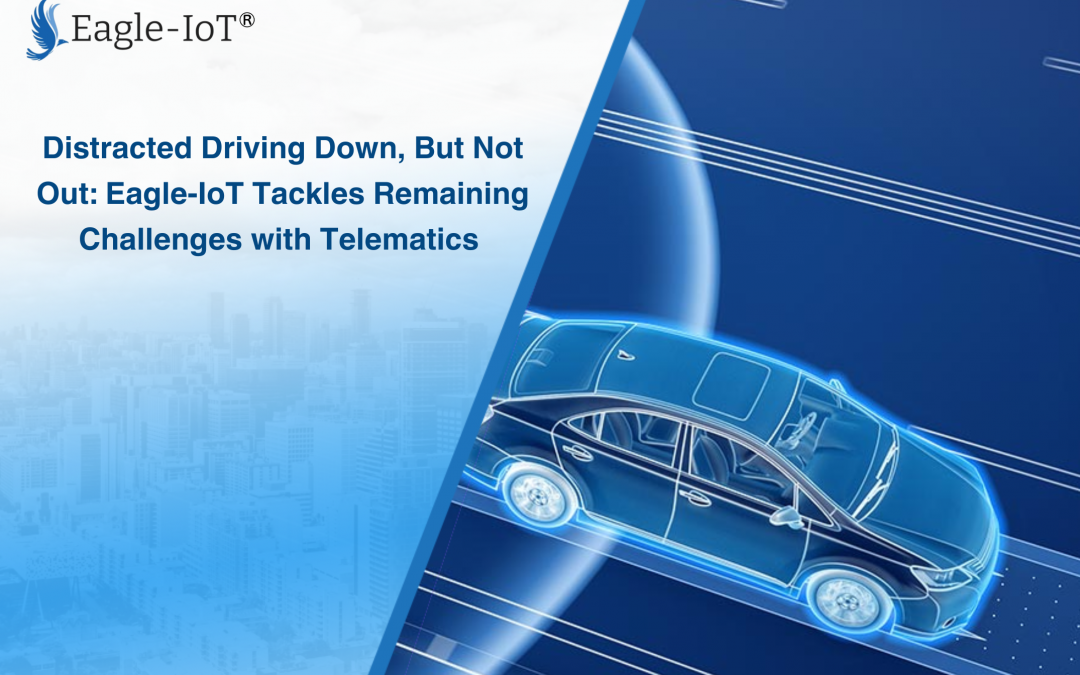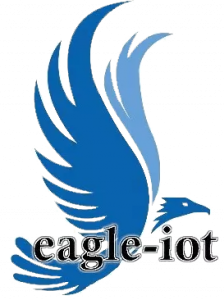Distracted Driving Down, But Not Out: Eagle-IoT Tackles Remaining Challenges with Telematics
A recent report by Cambridge Mobile Telematics (CMT) offers encouraging signs in the fight against distracted driving. The study, titled “The State of U.S. Road Risk in 2024,” revealed a 4.5% decrease in distracted driving incidents across the United States in 2023. This marks the first decline since 2020 and translates to a significant reduction in crashes, injuries, and fatalities.
Key Findings and Safety Concerns
However, despite the positive trend, the report highlights the persistence of distracted driving as a major concern. US drivers continue to exhibit significantly higher rates of distraction compared to their UK counterparts, with a concerning 187% disparity.
The study further emphasizes the dangers associated with even minimal phone use behind the wheel. In 2023, US drivers averaged 2 minutes and 6 seconds per hour interacting with their phones while driving.The report delves deeper, analyzing the impact of various distraction types on crash severity. It reveals a concerning correlation between handheld phone use and crash speeds. Crashes involving handheld calls occurred at speeds 31% higher than those without such distractions. The study also sheds light on the limitations of hands-free options. Drivers who engaged in extended hands-free calls exhibited a 52% increased risk of crashing compared to those who refrained from phone use entirely.


Factors Contributing to the Decline
The report identifies several factors contributing to the decline in distracted driving. One such factor is the growing adoption of consent-based usage-based insurance (UBI) programs. The study indicates that UBI programs can lead to a 65% improvement in driver safety. Additionally, the implementation of hands-free laws appears to be yielding positive results. States with hands-free legislation in place reported a 9% lower prevalence of distracted driving in 2023 compared to states without such laws. The report also suggests that increased media coverage highlighting the dangers of distracted driving has likely contributed to a rise in public awareness.
Additional Insights from the Study
The report offers further insights into driver behavior patterns. It reveals that screen interaction, likely texting and app use, peaks during rush hour commutes. Phone handling activity, on the other hand, demonstrates a gradual rise throughout the afternoon and evening hours. Social media applications like Instagram and Facebook were identified among the most commonly used apps while driving, raising additional concerns about driver focus

Eagle-IoT: Combating Distracted Driving with Advanced Telematics
The fight against distracted driving requires a multi-pronged approach. While the report highlights positive trends, it emphasizes the ongoing challenge. Eagle-IoT offers a comprehensive solution that leverages cutting-edge Internet of Things (IoT) technology to tackle distracted driving through video telematics, advanced driver-assistance systems (ADAS), Driver Monitoring Systems (DMS) algorithms, and driver scorecards.
Video Telematics with AI-powered Analysis
Eagle-IoT equips vehicles with intelligent AI dashcams that capture real-time video footage of the driver’s cabin. Advanced AI algorithms analyze this footage, detecting activities like phone use, texting, eating, or drowsiness. This real-time feedback allows for immediate corrective actions or targeted coaching for drivers.
Advanced Driver-Assistance Systems (ADAS)
Eagle-IoT Video Telematics offers Advanced Driver-Assistance Systems (ADAS) which generates the lane departure warning, forward collision warnings, and blind-spot monitoring systems to provide an extra layer of safety. When a driver exhibits distracted behavior, the ADAS can be triggered to provide audible or visual alerts, further reinforcing safe driving practices.

Driver Monitoring Systems (DMS) Algorithms
Eagle-IoT’s DMS algorithms analyze driver behavior through facial recognition and eye-tracking technology. This allows the system to detect signs of fatigue, distraction, or even potential medical issues that might affect driving ability. Early detection can prompt interventions like rest breaks or encourage drivers to pull over if necessary.
Driver Scorecard and Personalized Coaching
Eagle-IoT compiles driver behavior data into a comprehensive driver scorecard. This scorecard provides valuable insights into individual driving habits, highlighting areas for improvement. Personalized coaching programs can then be tailored based on individual needs, promoting positive behavior modification and overall safer driving habits.

To know more about this


